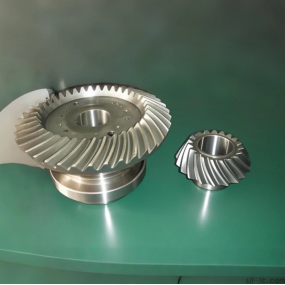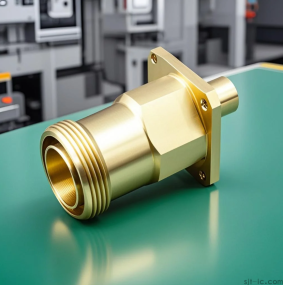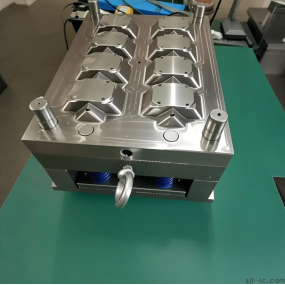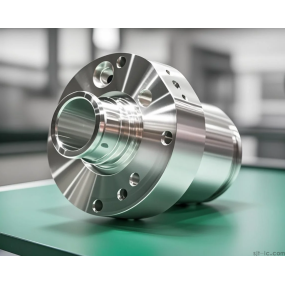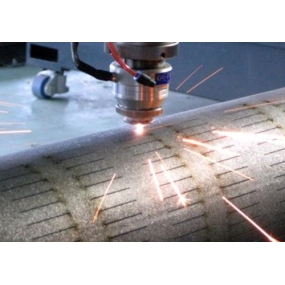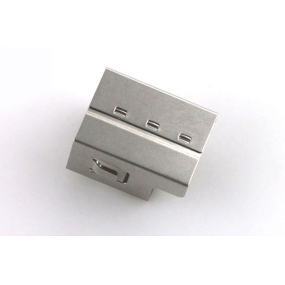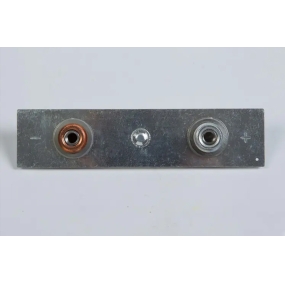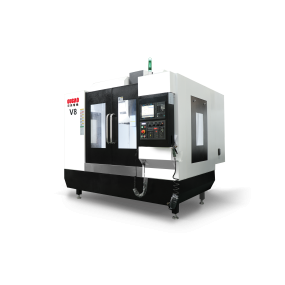There are two ways to discharge the plate in the stamping die of the stamping parts manufacturer. One is the rigid discharge plate, which has a large discharge force and a reliable discharge, and is mainly used for stamping strips with a thickness of more than 0.5mm. The other is the elastic discharge plate, which uses elastic elements such as rubber and spring to supply the discharge force. It not only has a pressing effect on the blank before stamping, but also can discharge the material smoothly after stamping, so the stamping part is relatively flat, and it is mainly used in the stamping process of thin materials. So what are the precautions when planning the discharge plate for stamping dies?
1. The processing of spring sockets should not be ignored on the discharge plate
Due to the constraints of the spring and other parts, the elastic discharge plate has a small discharge force and a limited lifespan, so sometimes the discharge is not very reliable. In order to improve the lifespan of the discharge spring, the stamping parts manufacturer should avoid the eccentric force of the spring, and generally should plan and process the spring socket hole on the discharge plate (or fixed plate). 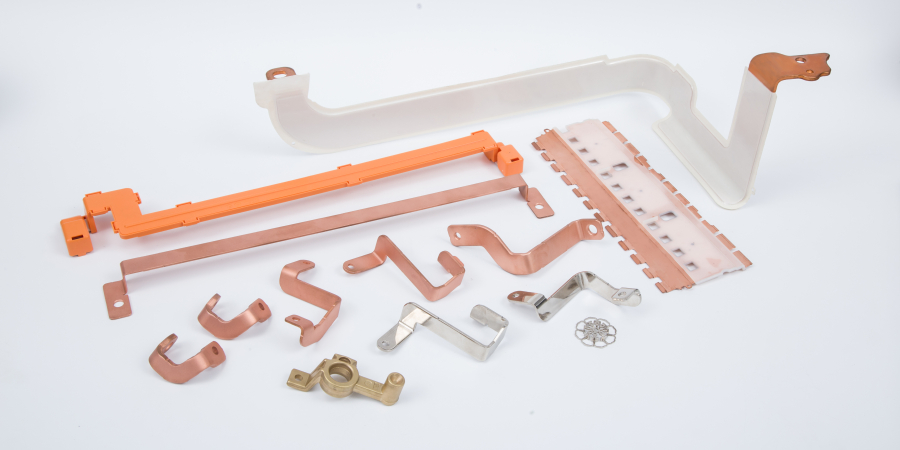 2. The size of the discharge plate should not ignore the placement of the spring
2. The size of the discharge plate should not ignore the placement of the spring
The elastic discharge plate is a common discharge method in the die, and the stamping parts unloaded through it are relatively flat, so they are widely used. The dimensions of the discharge plate are generally the same as the external dimensions of the punch fixed plate. Because of the constraints of the spring and other parts, the elastic discharge plate has a small discharge force, so it is sometimes not very reliable when unloading. In order to improve the discharge force, a strong spring with a high stiffness coefficient should generally be used. It is also necessary to prepress to increase the effective compression stroke. Multiple spring is selected to provide sufficient discharge force. Therefore, the size of the discharge plate should also consider the placement of the spring, and the spring should be evenly distributed as much as possible to balance the movement of the discharge plate.
3. The discharge plate of the punching die should not be unguided
The punching die for punching small holes (such as the multi-punch punching die with slot shape of the punching motor rotor blade) or the successive punching dies with punching small holes, because the punch is small, the compressive strength is insufficient, and the punch is simply broken. Therefore, the punch is often equipped with a punch maintenance sleeve, and the upper and lower dies of the die are guided by a guide column guide sleeve. In addition, in order to avoid the unbalanced force of the discharge plate, which causes the small punch to break, the stamping parts manufacturer needs to use a small guide post guide on the discharge plate, or install a guide sleeve on the discharge plate to guide the movement of the punch, so as to enhance the stability of the slender punch during stamping.
This article is from EMAR Mold Co., Ltd. For more EMAR related information, please click: www.sjt-ic.com!


 Spanish
Spanish Arabic
Arabic French
French Portuguese
Portuguese Belarusian
Belarusian Japanese
Japanese Russian
Russian Malay
Malay Icelandic
Icelandic Bulgarian
Bulgarian Azerbaijani
Azerbaijani Estonian
Estonian Irish
Irish Polish
Polish Persian
Persian Boolean
Boolean Danish
Danish German
German Filipino
Filipino Finnish
Finnish Korean
Korean Dutch
Dutch Galician
Galician Catalan
Catalan Czech
Czech Croatian
Croatian Latin
Latin Latvian
Latvian Romanian
Romanian Maltese
Maltese Macedonian
Macedonian Norwegian
Norwegian Swedish
Swedish Serbian
Serbian Slovak
Slovak Slovenian
Slovenian Swahili
Swahili Thai
Thai Turkish
Turkish Welsh
Welsh Urdu
Urdu Ukrainian
Ukrainian Greek
Greek Hungarian
Hungarian Italian
Italian Yiddish
Yiddish Indonesian
Indonesian Vietnamese
Vietnamese Haitian Creole
Haitian Creole Spanish Basque
Spanish Basque

